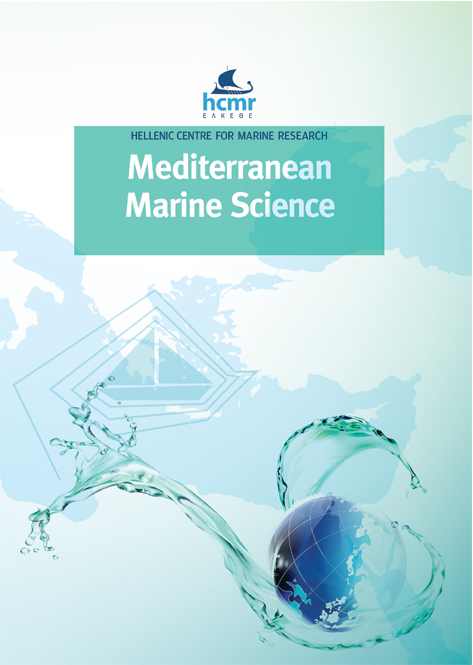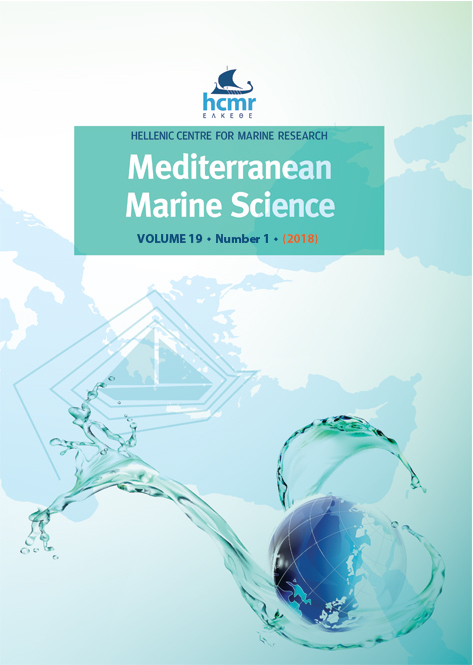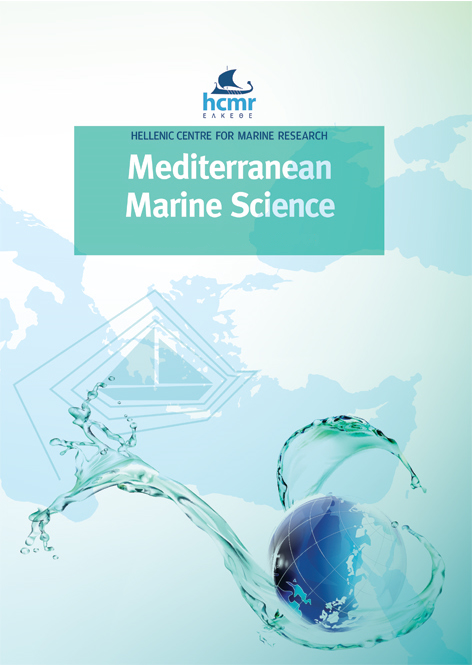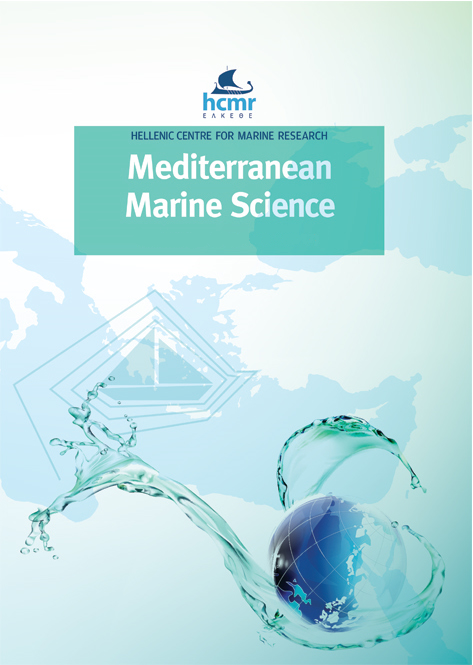Seven ascidian (Tunicata) species from the North Eastern Mediterranean

Abstract
Members of the tunicates, a subphylum of marine filter-feeder chordates, inhabit all marine and oceanic habitats from the subtidal to the abyssal. Considered the closest relatives to the vertebrates, the tunicates are widely used as model organisms for evo-devo, allorecognition, senescence, and whole-body regeneration studies. However, species boundaries are poorly understood due to the high morphological and genetic plasticity that characterizes many tunicate taxa. Here, we present findings on seven tunicate species (Botrylloides israeliense, Botrylloides sp., Botryllus humilis, Botryllus schlosseri, Symplegma brakenhielmi, Polyclinum constellatum and Didemnum perlucidum) sampled from six Turkish sites at the North Eastern Mediterranean Sea and employed the mitochondrial barcoding marker (COI) for evaluating the relationships among geographically restricted and widely spread ascidian species. Species delimitation was conducted using sequences generated in the current study in addition to sequences obtained from GenBank. General morphological features and colors of colonies were recorded at sampling sites. Then, all Styelidae colonies were attached and cultured on slides in an aquaculture room, enabling the study of other features, such as zooid distributions and sizes, oral tentacle numbers, and life cycles, using stereo and light microscopes. The spicules of formalin-fixed Didemnum perlucidum samples were examined under a light microscope. Then, scientific names were assigned to all species based on the results of the species delimitation and on comparisons of the obtained COI sequences with GenBank sequences. A putative new Botrylloides species (Botrylloides sp.) from the Antalya region was revealed, with a 99% match with the COI gene of another specimen from Saudi Arabia; further waiting for detailed traditional taxonomy.
Article Details
- How to Cite
-
KARAHAN, A., TEMIZ, B., ÖZTÜRK, E., DOUEK, J., & RINKEVICH, B. (2023). Seven ascidian (Tunicata) species from the North Eastern Mediterranean. Mediterranean Marine Science, 24(3), 545–557. https://doi.org/10.12681/mms.32937
- Section
- Research Article
Authors who publish with this journal agree to the following terms:
- Authors retain copyright and grant the journal right of first publication with the work simultaneously licensed under a Creative Commons Attribution Non-Commercial License that allows others to share the work with an acknowledgement of the work's authorship and initial publication in this journal.
- Authors are able to enter into separate, additional contractual arrangements for the non-exclusive distribution of the journal's published version of the work (e.g. post it to an institutional repository or publish it in a book), with an acknowledgement of its initial publication in this journal.
- Authors are permitted and encouraged to post their work online (preferably in institutional repositories or on their website) prior to and during the submission process, as it can lead to productive exchanges, as well as earlier and greater citation of published work (See The Effect of Open Access).








